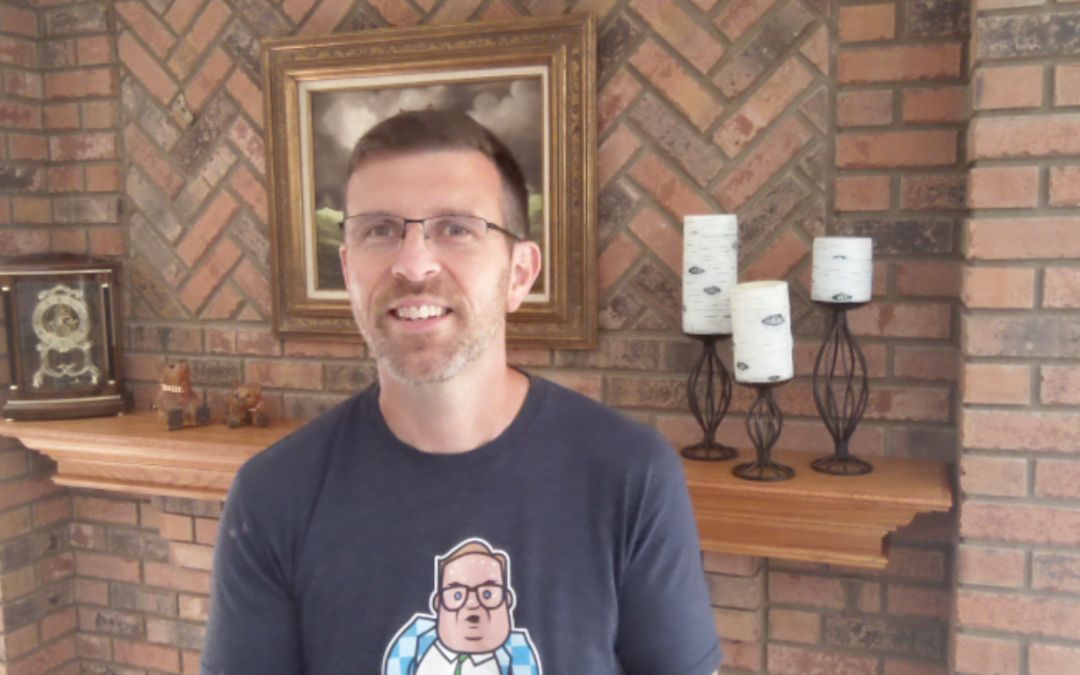
by Jason Lauritsen | Jun 22, 2023 | Uncategorized
As companies are requiring employees back into the office, one of the most common reasons cited is culture. CEO’s will argue that their culture requires being together in the office. Others suggest that remote work is degrading or ruining their culture. The first...

by Jason Lauritsen | Jan 27, 2022 | Management, Trust
Few things have a more powerful effect on employee engagement and performance than trust. Hopefully, I don’t have to convince you of the importance trust at work. We have thirty or forty years’ worth of research to demonstrate its importance (examples: here,...
by Jason Lauritsen | Jul 9, 2021 | Change, Decisions, Management, Post-Pandemic, Workplace
What do you do if your organization has decided that everyone is coming back to the office and your people don’t want to come? And what if you feel the same way? One of the most challenging times to manage is when you get stuck between a company decision (that...

by Jason Lauritsen | Jun 18, 2021 | Leadership, Management, Well-being, Wellbeing, Workplace
While it’s been a long time since it first happened, I still remember the gravity of the responsibility I felt when first asked to supervise people at work. A manager has a profound impact not just on our experience at work but also on our life. When you get it...

by Jason Lauritsen | Apr 22, 2021 | Change, Employee Experience, Workplace
I don’t know about you, but I feel like I’ve spent a lot of time trying to make sense of things over the last year. So many things changed so quickly. It was disorienting. Very little has felt certain or settled. And maybe the one thing that has felt the most...





